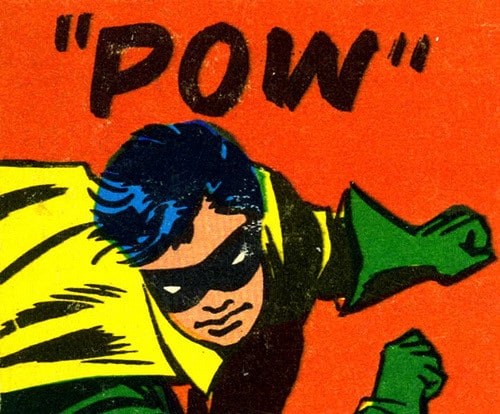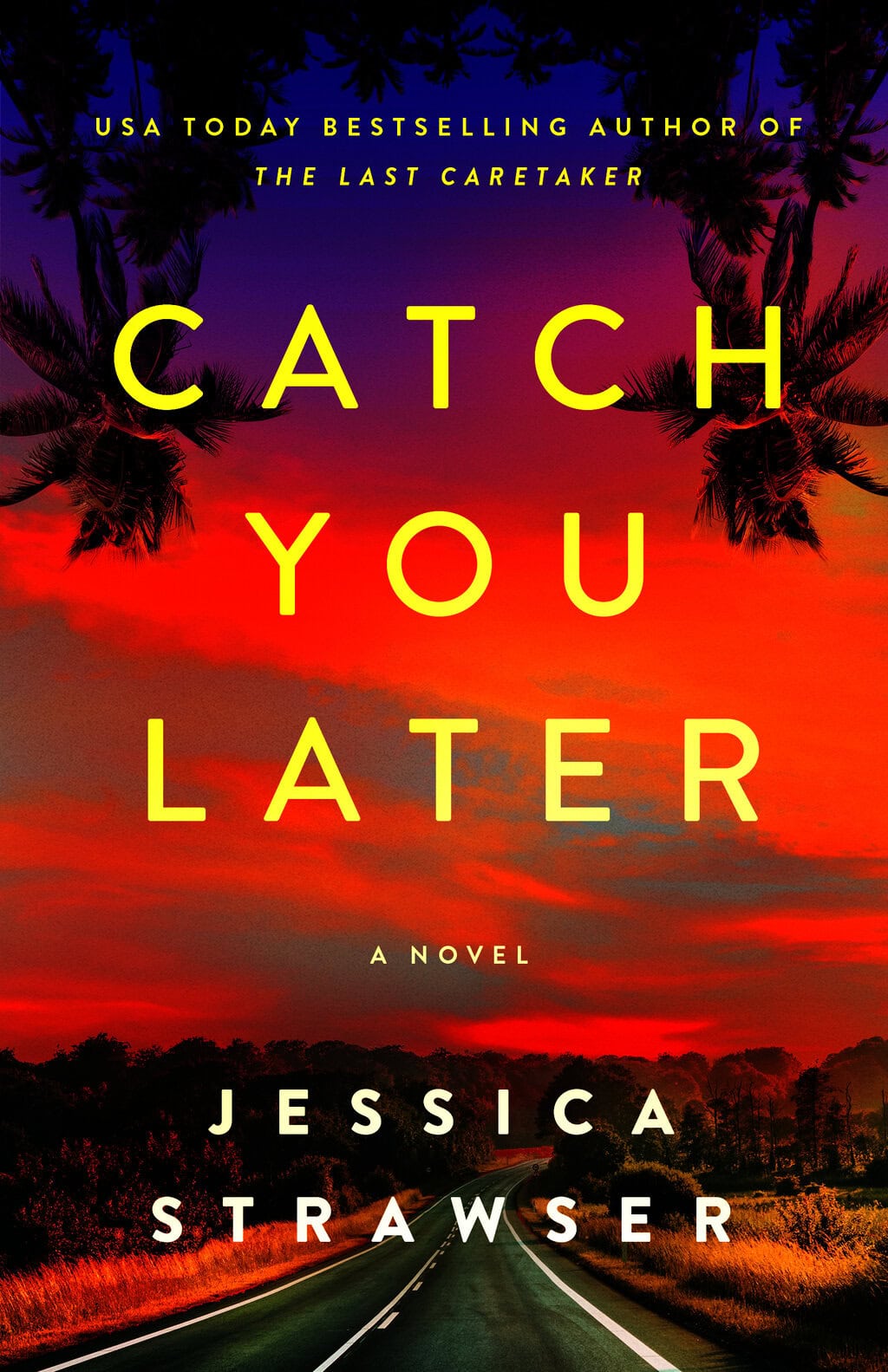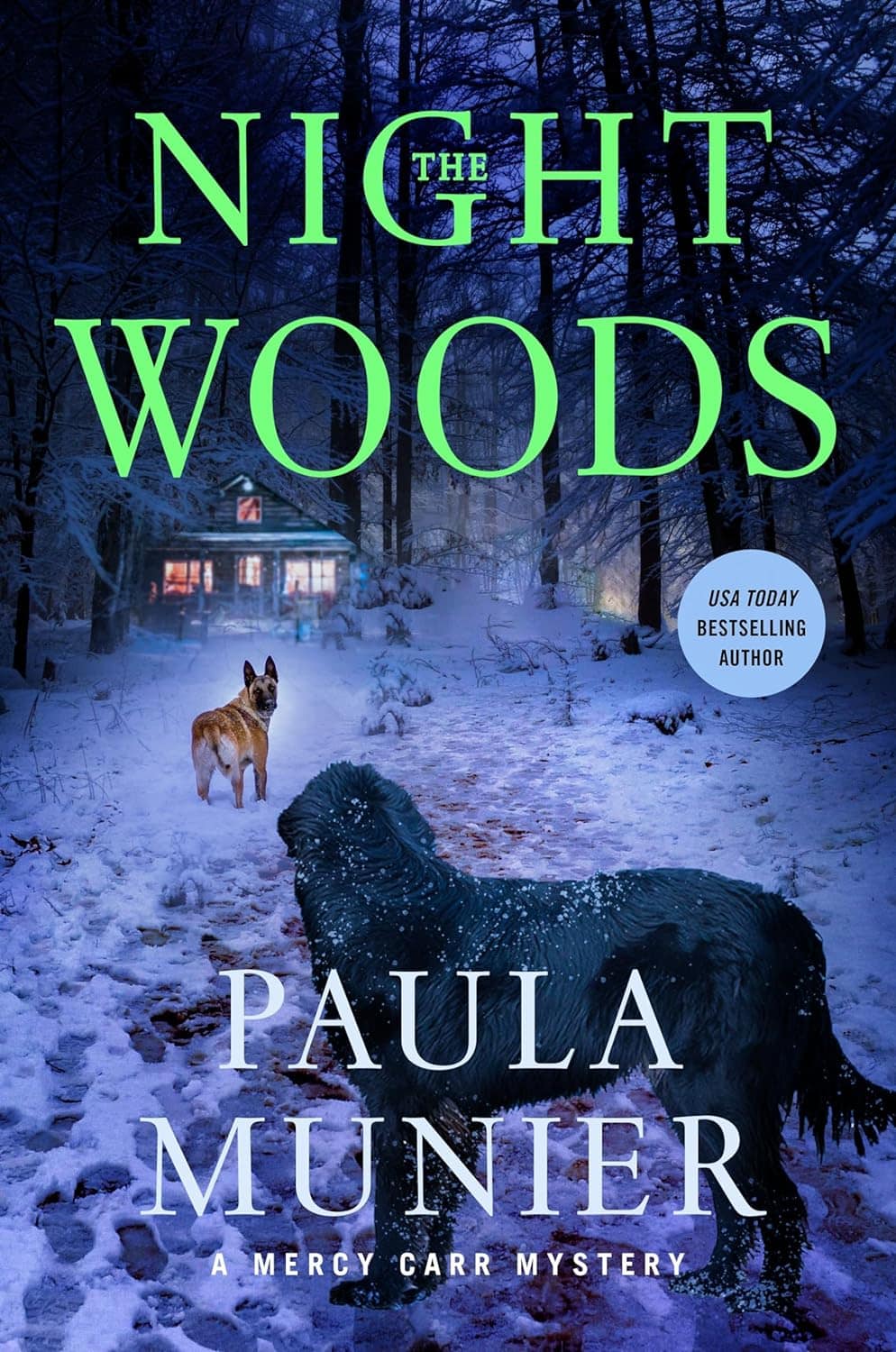Those of us of a certain age remember the Biff! Blap! Pow! of the Batman TV show with Adam West. Even though campy, they made the point that an actual sound has more power than a described sound. That’s why the screenwriters didn’t go with “Batman’s fist hitting the Riddler’s face made a cracking sound.” A “Zok!” made the point much better. As writers, we would do well to adopt that strategy of reproducing sounds rather than describing them.
We’ve talked before on this site about the importance of using all the senses in describing settings or characters, and I want to expand on that by looking at the sense of hearing and how you translate that to the page.
Many writers describe a sound, rather than reproducing it. That puts a layer of distance between the reader and the sound. The reader doesn’t experience it; she is told about it.
That’s why you should incorporate onomatopoeia, one of those literary devices you probably learned about in middle school, into your writing.
Consider the following:
- “Water dripped annoyingly from the kitchen faucet.” vs “The faucet went puh-LIP, puh-LIP . . . puh-LIPpuh-LIP at irritating intervals.” In the latter sentence, we hear the irritating drip. Just reading it may be irritating.
- “The sound of the tires against the pavements was soporific.” vs “The rhythmic shwish, shwish of the tires on the pavement made him drowsy.”
- “The bird calls and the babbling of a brook created a peaceful ambience.” vs “The chirrs and tu-whits of the birds, and the splishing of a brook created a peaceful ambience.”
It takes a bit more effort to really think about how to reproduce a sound, rather than to go with the easy and clichéd dripping faucets and babbling brooks, but you’ll immerse your reader in the setting if you take that time.
A word of caution: Don’t overdo it. Not every sound in your book needs to be onomatopoeia. Use it judiciously for best effect and to avoid distracting your reader.
Do you use onomatopoeia in your writing? Give us an example on Facebook!





